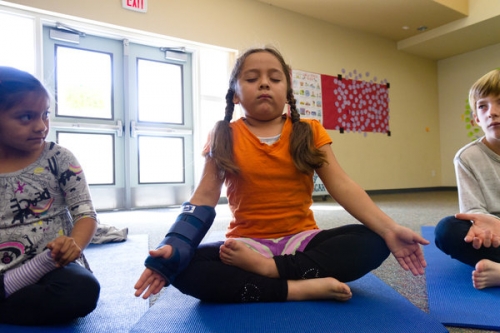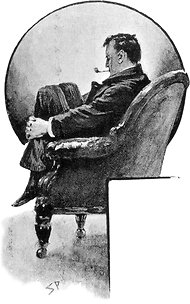Did everybody survive the Mayan apocalypse? Good, good. Then it’s time for one more Buddha Buzz before the Trike staff takes a week off for the holidays. Don’t miss us too much!
Before I mention anything else, we’ve put together a collection of Buddhist responses to the Newtown tragedy from some of the teachers we all know and love. You can read it here. As you gather with your loved ones next week for the holidays, please keep the victims of the Newtown shooting and their families in your minds and hearts.

In Buddhist news, it’s the New York Times ftw (that’s “for the win,” for you non-acronym abusers), with a grand total of four articles concerning meditation this week. The first was this frustrating but not altogether surprising piece about an elementary school yoga class in California that’s drawing ire from some parents who view the class as “religious indoctrination,” and therefore, as a violation of the First Amendment. Well, there’s always someone who is out to get their panties in a bunch:
“After the classes prompted discussion in local evangelical churches, parents said they were concerned that the exercises might nudge their children closer to ancient Hindu beliefs.
‘They’re not just teaching physical poses, they’re teaching children how to think and how to make decisions,’ Ms. Eady [the parent of a first grader in the school] said. ‘They’re teaching children how to meditate and how to look within for peace and for comfort. They’re using this as a tool for many things beyond just stretching.'”
Teaching children to look within for peace and comfort? The horror! At least the school’s superintendent seems rational:
“Tim Baird, the schools superintendent, has defended the yoga classes as merely another element of a broader program designed to promote children’s physical and mental well-being. The notion that yoga teachers have designs on converting tender young minds to Hinduism is incorrect, he said.
‘That’s why we have an opt-out clause,’ Mr. Baird said. ‘If your faith is such that you believe that simply by doing the gorilla pose, you’re invoking the Hindu gods, then by all means your child can be doing something else.'”

Elsewhere in the pages of the Times, a doctoral candidate in psychology posits that Sherlock Holmes’ “approach to thought captures the very thing that cognitive psychologists mean when they say mindfulness.” To be fair, the author explicitly says that she’s using the term as cognitive psychologists mean it and not as Buddhists do, but it’s still quite remarkable to see how far the term has come from its Pali roots.
And in the Times‘ new anxiety section, which has so far featured a few entries about Buddhist meditation, we have what perhaps may be the first appearance of the words “stream-entry” and “arahat” in the mainstream media. In the piece, “The Anxiety of the Long-Distance Meditator,” author Jeff Warren details his month-long retreat under the guidance of Daniel Ingram, who I don’t know much about other than that he refers to himself as an arahat (warning signal?). Warren’s goal, at the end of a month, is to attain stream entry, but—spoiler alert—he doesn’t.
Rounding out the week, the final Buddhist article in the Times was a piece on the decline of Buddhism and the monkhood in Thailand. It seems that Thailand’s gotten bitten by the materialism bug:
“Consumerism is now the Thai religion,” said Phra Paisan Visalo, one of the country’s most respected monks. “In the past, people went to temple on every holy day. Now, they go to shopping malls.”
We feel your pain, Thailand.
Thank you for subscribing to Tricycle! As a nonprofit, we depend on readers like you to keep Buddhist teachings and practices widely available.